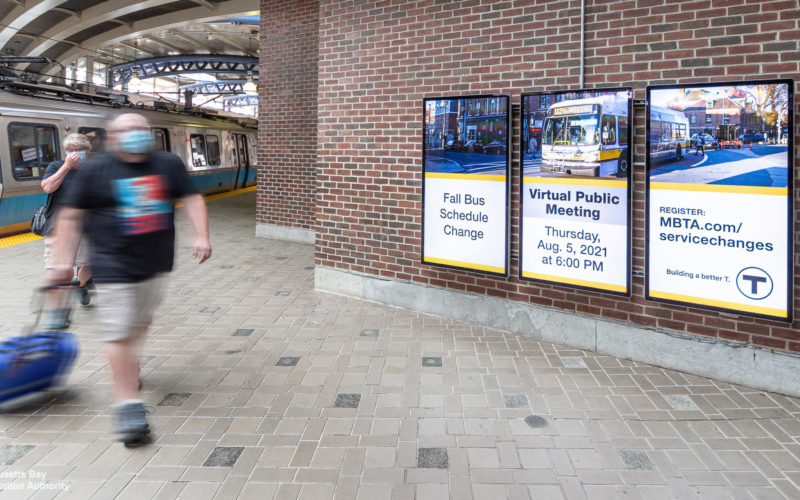The Federal Transit Administration should funnel more resources to projects that improve speed, reliability, accessibility, and frequency for heavily-used transit corridors, and less to projects like mixed-traffic streetcars or suburban rail expansions.
Read MoreLater this month, the Eno Center is hosting a symposium about fixing America's high transit costs. Registration is open until October 12 -- anyone interested in solving the project delivery problems that limit transit expansion and upgrades in the U.S. should attend.
Read MoreTo eliminate racial disparities in transit, we have to understand the influences of white flight, segregation, and discrimination on the formation of modern American transit systems. Our new video examines how those historical factors continue to shape transit today.
Read MoreThe ground has shifted, and the transit system must adapt and change in response -- or else the future for subway and bus riders looks bleak, as do the prospects for the entire New York City region.
"Equity in Practice: A Guidebook for Transit Agencies" delves into how transit agencies must change internal structures and practices to deliver better results for the people with the most at stake in transit.
For service changes to become a regular practice, we need to find ways for agencies and communities to work through them collaboratively.
Read MoreTransit agencies, advocates, and researchers have developed new measures that go above and beyond federal requirements to assess transportation equity. USDOT should support, advance, and popularize these methods.
Read MoreThe Transit Equity Dashboard is TransitCenter’s new tool that visualizes disparities in transit access across race, class, and other characteristics...
Read MoreThousands of riders’ daily mobility needs may soon hinge on a dubious business model that has performed poorly in other places. The promises of cheap fares, shorter waits, and lower costs only hold up when few people use the system and transit workers are devalued.
Read More







